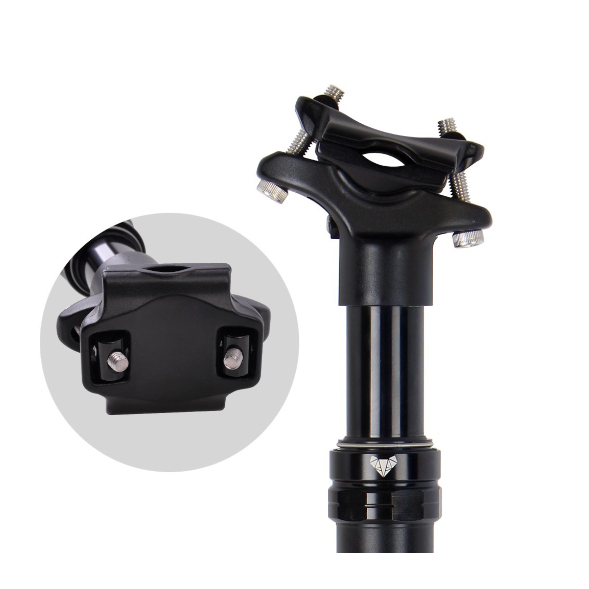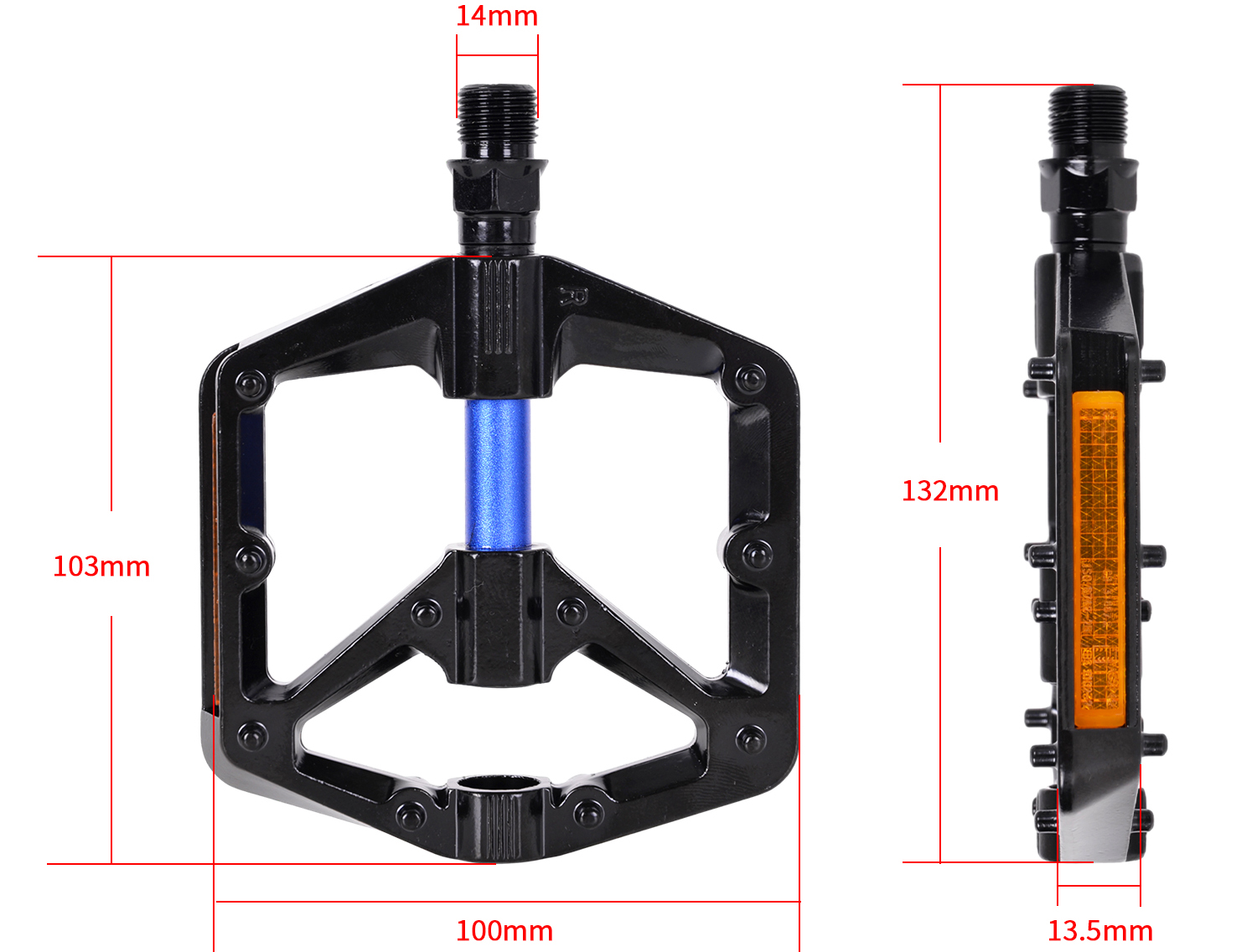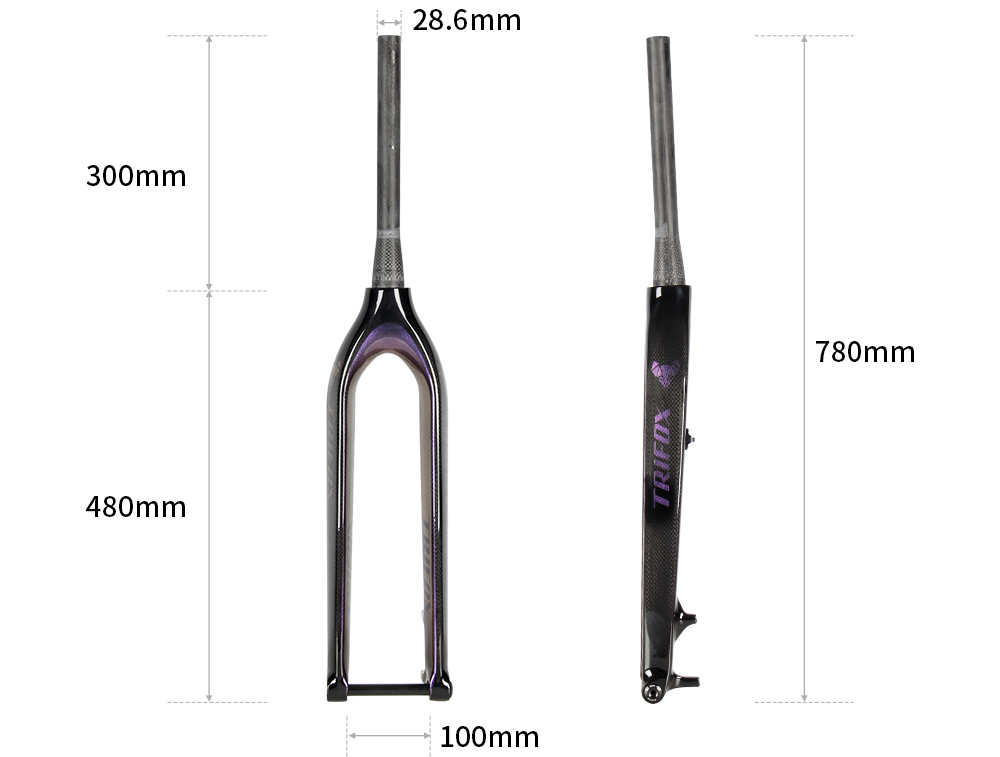Upgrading your ride with the ideal bicycle seatpost can transform your biking experience, offering increased comfort, better bike fit, and enhanced performance. The seatpost is a crucial yet often overlooked component that connects your bike's frame to the saddle, playing a significant role in ride quality and efficiency.
1. Determine Your Needs: Start by assessing what you want from a seatpost upgrade. Are you seeking more comfort on long rides? Do you need a lighter post for racing? Or perhaps adjustability on the fly with a dropper post for mountain biking? Identifying your needs will guide your selection process.
2. Select the Right Diameter and Length: Seatposts come in various diameters and lengths. It's vital to choose one that matches your bike’s specifications. The diameter must fit your frame's seat tube precisely, so use calipers to measure the current seatpost or consult your bike's manual for specifications. Length is important if you find yourself needing more height than your current post can provide or if you're tall and need extra extension.
3. Material Matters: Seatposts are typically made from aluminum, carbon fiber, or titanium. Aluminum offers a good balance of strength, weight, and cost. Carbon fiber is lighter and can absorb road vibrations better, enhancing comfort but at a higher price. Titanium combines strength, lightness, and vibration damping but is the most expensive. Choose based on your balance of comfort, weight, and budget.
4. Consider the Setback: The setback of a seatpost refers to how far back the saddle sits relative to the post's insertion point into the frame. If you're looking to adjust your riding position for better leg extension or more aerodynamics, consider a seatpost with a different setback. A zero-setback post positions you more directly over the pedals, while a post with greater setback can help if you have long legs or prefer a more stretched-out position.
5. Explore Advanced Features: For mountain bikers and some road riders, a dropper post can be a game-changer. It allows you to adjust the saddle height without stopping, perfect for transitioning between climbs, flats, and descents. While heavier and more expensive, the on-the-fly adjustability can significantly improve control and confidence on varied terrain.
6. Installation: Installing your new seatpost is straightforward. Apply a thin layer of grease (or carbon assembly paste for carbon frames/posts) to the post before inserting it to prevent seizing. Adjust it to your desired height, ensuring it's at least past the minimum insertion mark, then tighten the clamp according to the manufacturer's specifications.

In Conclusion, upgrading your bicycle seatpost is a smart way to enhance your riding experience. Whether it's improving comfort through shock absorption, adjusting your fit with the right length and setback, or adding the versatility of a dropper post, the ideal seatpost is out there.
Remember to consider your needs, ensure compatibility with your bike, and balance factors like material, weight, and features against your budget for the best upgrade decision.




















































































